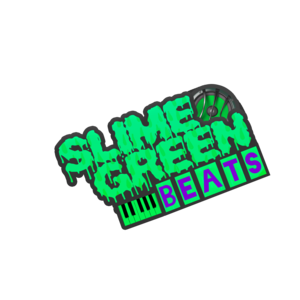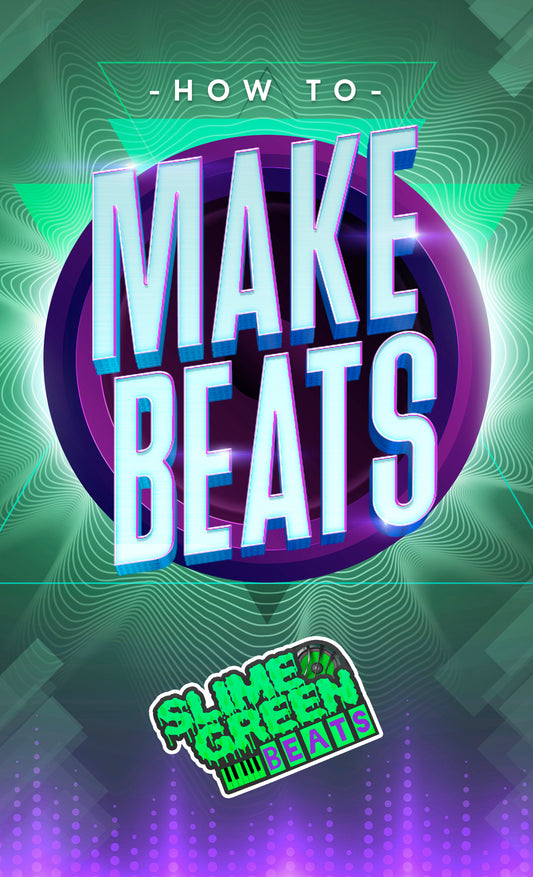Unlocking the full potential of your music production workflow
When diving into music production with FL Studio 21, understanding the difference between Pattern Mode and Song Mode is crucial. These two modes are fundamental to how you create and arrange your tracks, and mastering them can significantly enhance your workflow and creativity.
What is Pattern Mode?
Pattern Mode in FL Studio is where you craft the individual building blocks of your music. Think of it as composing short loops or sequences that will later be arranged into a complete song.
- Creation of Patterns: Utilize the Step Sequencer and Piano Roll to design drum loops, melodies, basslines, and more.
- Focused Editing: Work on one pattern at a time without the distraction of the entire arrangement.
- Layering Sounds: Combine multiple instruments and sounds within a single pattern for complex textures.
For more tips on creating compelling patterns, check out our articles on Slime Green Beats about drum programming and melody creation.
What is Song Mode?
Song Mode is where you bring all your patterns together to form a complete track. It's the stage where you arrange, edit, and fine-tune your song's structure.
- Arrangement View: Use the Playlist to sequence patterns, audio clips, and automation.
- Building the Structure: Define sections like intro, verse, chorus, and outro.
- Global Editing: Apply effects and adjustments that impact the entire song.
To delve deeper into arranging your tracks effectively, explore our guides on song structuring over at Slime Green Beats.
Switching Between Pattern and Song Mode
At the top of FL Studio's interface, you'll find the Transport Panel, which includes buttons for both modes.
- Pattern Mode Button: When highlighted, FL Studio plays only the selected pattern.
- Song Mode Button: When selected, the Playlist arrangement is played back.
Understanding when to switch between these modes can streamline your workflow. For instance, while crafting a drum loop, stay in Pattern Mode. When you're ready to see how it fits with your bassline and melodies, switch to Song Mode.
Tips for Efficient Workflow
- Organize Your Patterns: Name and color-code your patterns for easy identification in the Playlist.
- Use Layered Patterns: Combine simple patterns to create complex arrangements without overcrowding a single pattern.
- Leverage Automation: Automate parameters in Song Mode to add movement and interest to your track.
For more workflow optimization techniques, visit Slime Green Beats where we share insights on maximizing productivity in FL Studio.
Common Mistakes to Avoid
- Overcomplicating Patterns: Avoid adding too many elements into one pattern. This can make arranging more difficult.
- Ignoring the Playlist: Don't overlook the power of the Playlist in Song Mode for structuring your music.
- Neglecting to Save Regularly: FL Studio can auto-save, but it's good practice to save versions manually to prevent data loss.
Conclusion
Mastering Pattern and Song Modes in FL Studio 21 is essential for any producer looking to improve their music creation process. By understanding and utilizing these modes effectively, you can enhance your workflow and bring your musical ideas to life with greater ease.
For more tutorials, tips, and tricks on FL Studio and music production, explore our content at Slime Green Beats.
Whether you're a beginner just starting out or an experienced producer aiming to refine your skills, grasping the nuances of Pattern vs. Song Mode will undoubtedly contribute to your growth in the world of music production.
FAQ
1. What is the main difference between Pattern Mode and Song Mode in FL Studio 21?
Answer: Pattern Mode is used for creating and editing individual patterns or loops, such as drum beats or melodies. Song Mode allows you to arrange these patterns in the Playlist to build a complete song.
2. How do I switch between Pattern Mode and Song Mode?
Answer: You can switch between the modes using the buttons on the Transport Panel at the top of FL Studio. Click on "Pattern" to focus on individual patterns or "Song" to play back your entire arrangement in the Playlist.
3. Can I edit patterns while in Song Mode?
Answer: Yes, you can edit patterns while in Song Mode. However, Pattern Mode is ideal for focusing on individual patterns without other elements playing simultaneously.
4. Why should I avoid overcrowding a single pattern?
Answer: Overcrowding a pattern with too many elements can make arranging and mixing more challenging. Keeping patterns simple and layering them in the Playlist enhances flexibility and control over your track.
5. How can I organize my patterns effectively?
Answer: Name and color-code your patterns for easy identification. This organization helps streamline the arrangement process in Song Mode.
6. Where can I find more FL Studio tutorials and tips?
Answer: Visit Slime Green Beats for a wealth of resources on FL Studio and music production techniques.








